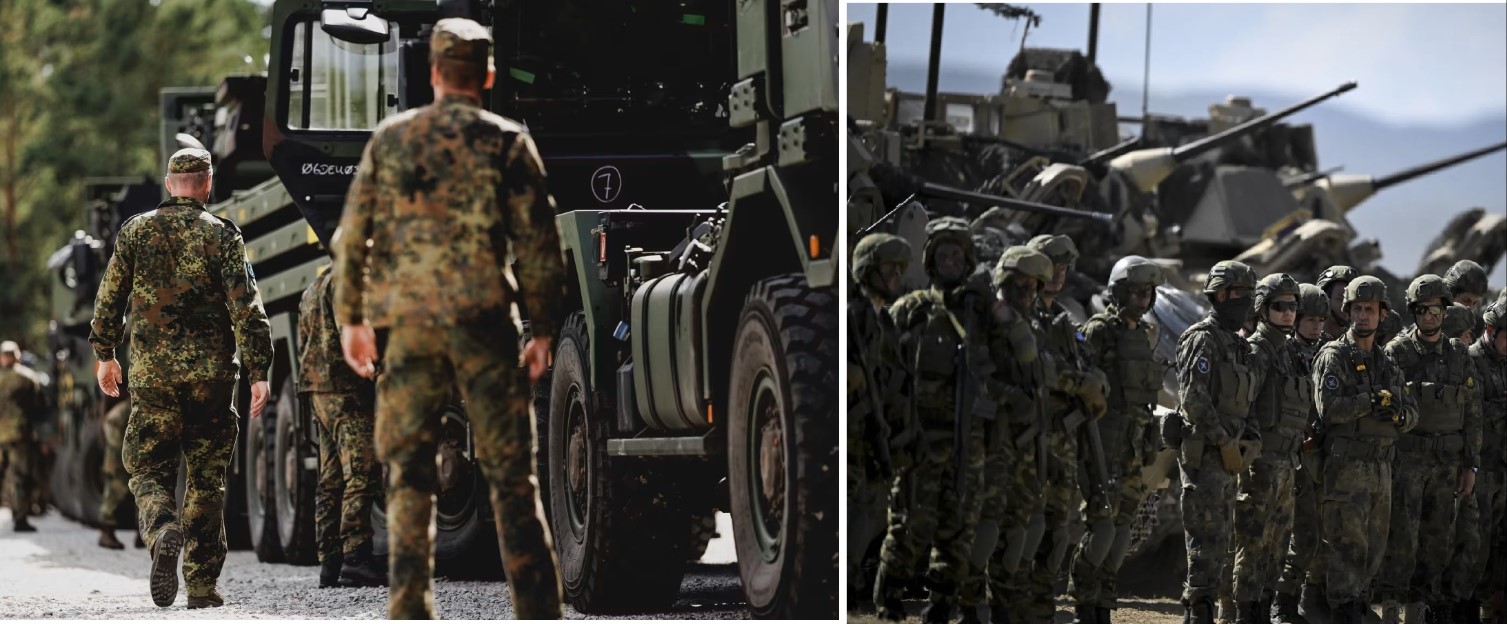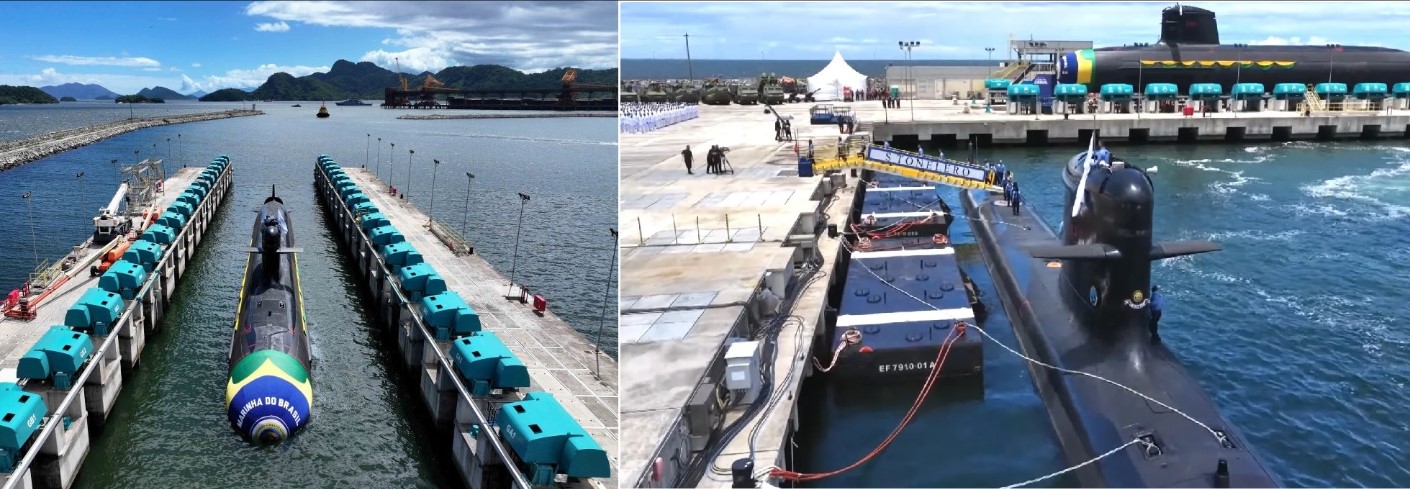Germany Drafts Secret 1,200-Page War Plan as NATO Prepares for Possible Clash With Russia

Berlin – Germany has drawn up a classified, roughly 1,200-page war plan that assumes a future conflict with Russia and turns the country into the main transit hub for a vast NATO reinforcement operation.
According to reporting based on the document, known as “Operation Plan Germany” (OPLAN DEU), the blueprint explains in detail how up to 800,000 NATO troops – including German and U.S. forces – would race across German territory using ports, railways, roads and rivers to reach the eastern flank if Moscow ever attacked the Alliance.
The plan is at once ambitious and sobering: it treats Germany as a giant logistics and staging area, but also acknowledges that, in its current state, the country would struggle to move forces fast enough.
What Is “Operation Plan Germany”?
OPLAN DEU is a national operations plan adopted after Russia’s full-scale invasion of Ukraine in 2022, designed to answer a simple but brutal question: how must Germany function at home during a large war in Europe?
German military planners describe it as a “whole-of-society” war blueprint. It:
-
integrates military tasks (territorial defence, hosting allied forces, securing key nodes)
-
with civilian responsibilities (rail and port management, energy supply, emergency services, cyber defence, and industry)
-
and sets out how the state would operate under a crisis or defence status once political leaders declare a NATO “Article 5” scenario.
Earlier outlines of the same concept – then called “Operationsplan Deutschland” – already envisioned moving around 800,000 soldiers and some 200,000 vehicles from various NATO states through Germany to the front line against Russia.
Officials stress that the primary goal is deterrence: to convince Moscow that any attack on NATO would trigger a rapid, massive and coordinated response that cannot be stopped.
How the Plan Moves 800,000 NATO Troops
The core of OPLAN DEU is logistical: turning Germany into a set of military corridors stretching from Atlantic ports to the borders with Poland and the Baltic states.
The plan, as described in open-source summaries, does the following:
1. Maps critical routes
The document reportedly contains detailed maps of:
-
Ports on the North Sea and Baltic where U.S., British and other allied troops, tanks and equipment would land.
-
Rail lines and marshalling yards capable of handling heavy armored trains moving east.
-
Autobahns and river routes that can serve as backup if rail lines are damaged.
These routes form part of wider NATO and EU planning for “military mobility”, which is also being financed at the European level to reduce bottlenecks and border delays.
2. Specifies troop and vehicle flows
Although the exact tables are classified, previous versions of the plan foresaw:
-
up to 800,000 troops
-
roughly 200,000 vehicles (from trucks to main battle tanks and self-propelled artillery)
moving through Germany in waves, depending on the scale and timing of Russian aggression.
The Bundeswehr and NATO logistics commands would use pre-assigned “movement corridors” and time slots to avoid gridlock, much like an air-traffic-control system for convoys.
3. Assigns protection and support forces
Germany has set up a new division for territorial defence, which will consolidate reserve units responsible for guarding infrastructure, escorting convoys and responding to attacks on German soil.
Alongside this, Homeland Security Regiments (Heimatschutzregimenter) are being built under the Territorial Command; by 2027, six regiments with roughly 6,000 soldiers are planned, though internal assessments say this is still too few to cover all tasks in the plan.
The Problems Revealed in Exercises
Recent multinational exercises and German drills have underscored that Germany is not yet ready for the scale of movement OPLAN DEU envisages.
Military and civilian rehearsals have exposed:
-
Traffic jams of armored convoys on key highways and around rail hubs.
-
Bottlenecks at old bridges and narrow tunnels that can’t take modern tanks or heavy transporters.
-
Damaged or single-track rail lines that limit how many military trains can run at once.
-
Drones of unknown origin observed over exercises and transit routes, raising fears of Russian reconnaissance or probing attacks.
-
Police units under-equipped to deal with large, possibly coordinated protests and civil unrest that might accompany a crisis.
These issues mirror broader NATO concerns that European roads, bridges and railways are still not fit for high-intensity war logistics, even after several years of warnings and some EU funding.
A Real Vulnerability: Sabotage, Arson and Espionage
The plan is being drawn up in an environment where sabotage is no longer theoretical. Across Europe – and specifically in Germany – there has been a marked rise in arson plots, railway disruptions and espionage cases linked to Russia or pro-Russian actors, according to investigators and security services.
Key examples include:
-
Rail infrastructure sabotage – including the cutting of fibre-optic cables that halted long-distance trains in northern Germany in 2022, and subsequent attacks or arson against Deutsche Bahn infrastructure.
-
Parcel bombs and incendiary devices at logistics hubs in Leipzig and elsewhere, which German prosecutors and intelligence chiefs have examined as part of a wider pattern of suspected Russian sabotage.
-
Espionage and arson plots – German courts have convicted individuals of spying for Russia and planning arson attacks on military sites and railway lines to disrupt troop movements and supplies.Cable and energy infrastructure damage in the Baltic Sea, which Berlin and its partners have described as likely sabotage, reinforcing the fear that pipelines and data cables could be targeted in wartime.
Taken together, these incidents are classic elements of “hybrid warfare” – the very threats OPLAN DEU is designed to account for.
How Germany Is Trying to Fix the Weak Spots
To close these gaps, Berlin is spending heavily, rewriting laws and recruiting the private sector into wartime planning.
1. Money and rearmament
After 2022, Germany announced a €100 billion special defence fund and pledged to meet NATO’s 2% of GDP spending goal, reversing decades of under-investment. A significant share is earmarked for logistics, air defence, ammunition stocks and mobility rather than just new combat platforms.
At the EU level, Brussels plans €17 billion for about 500 priority infrastructure projects – tunnels, bridges, ports and rail upgrades – along four major military corridors that are also civilian transport routes.
2. Enlisting big companies
The Bundeswehr is in talks with major firms such as Deutsche Bahn (rail), Lufthansa (air transport and training), and Rheinmetall (defence industry) to secure “surge capacity” in a crisis. That covers everything from extra trains and aircraft to warehousing, fuel depots and maintenance support when NATO mobilises.
3. Legal changes and Cold War know-how
OPLAN DEU also pushes a return to Cold War-era civil defence logic, but updated for drones, cyberwarfare and modern supply chains. German officials and analysts describe efforts to:
-
relax peacetime rules that slow the military’s ability to requisition civilian assets;
-
clarify when the Bundeswehr can operate domestically to protect infrastructure;
-
update police powers and equipment to deal with sabotage and mass protests;
-
expand the legal framework for drones, jamming and cyber operations in German airspace and networks during a crisis.
How Does This Fit Into NATO’s Wider War Plan Against Russia?
The German document is not a full NATO battle plan for fighting Russian forces on the front. Instead, it answers one crucial piece of the puzzle: how to get allied troops, tanks and missiles from the Atlantic world to the battlefield fast enough to matter.
In practice, if Russia attacked NATO in the Baltic region or against Poland, allied strategy would likely combine:
-
Forward defence along the eastern flank – including the Suwałki Gap between Poland and Lithuania – with pre-positioned forces.
-
Rapid reinforcement from Western Europe and North America, using the corridors and hubs described in OPLAN DEU.
-
Integrated air and missile defence, cyber operations and long-range fires to blunt Russian attacks and protect the reinforcement routes.
In that scenario, Germany’s job is to ensure that the “iron river” of men and materiel keeps flowing east despite missile strikes, sabotage, protests and cyberattacks.
A Race Against the Clock
Western and German officials now routinely warn that Russia could regenerate enough military strength to directly threaten NATO within the next two to five years, though some put the window slightly later.
That timeline explains why a 1,200-page secret plan has become a political and strategic priority in Berlin.
For now, OPLAN DEU remains largely classified. What is visible from leaks and public statements, however, shows a country trying to relearn the logic of territorial defence – and doing so in a Europe where under-maintained railways, ageing bridges and shadowy sabotage campaigns could decide the outcome of a future war as much as tanks and fighter jets.
✍️ This article is written by the team of The Defense News.





